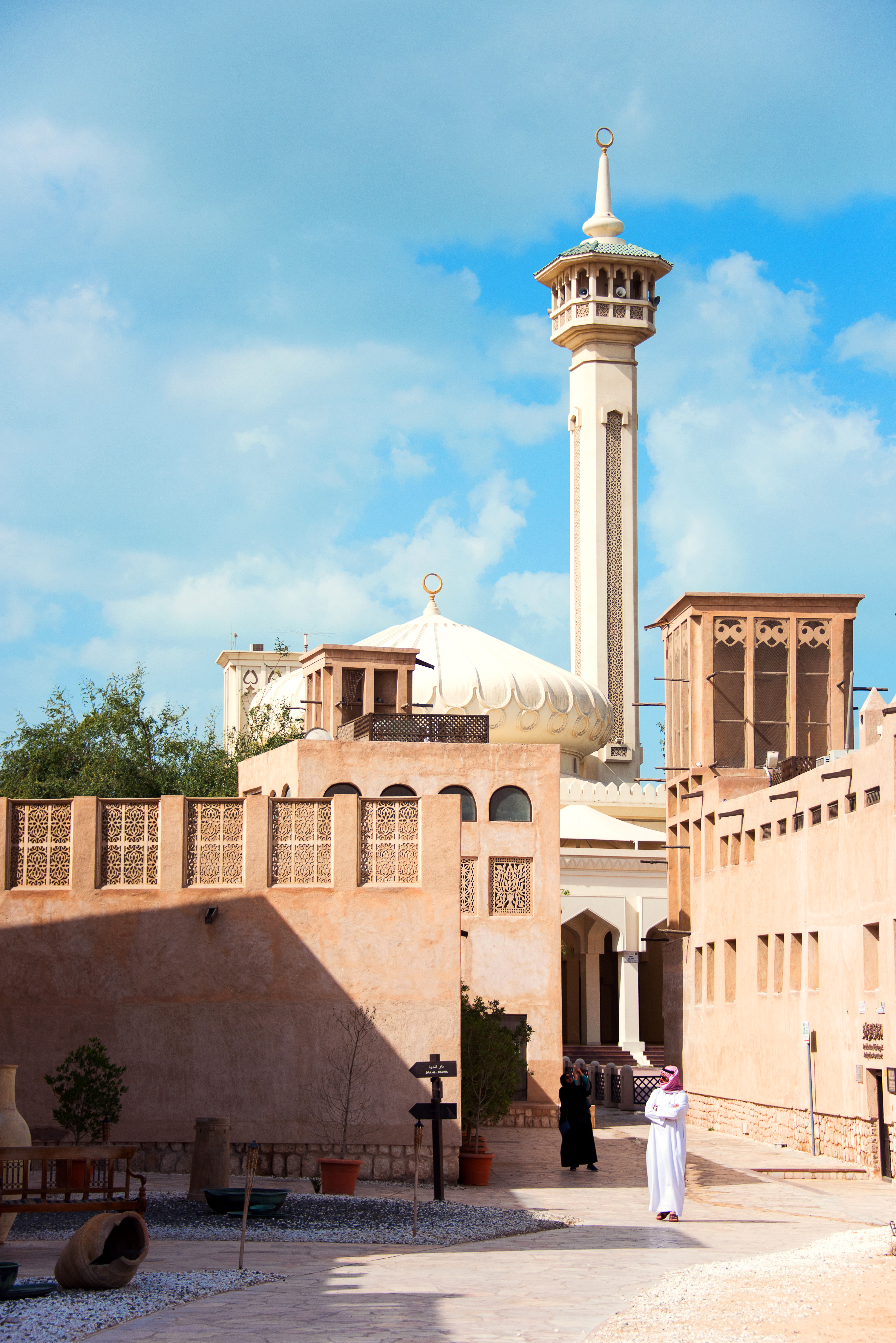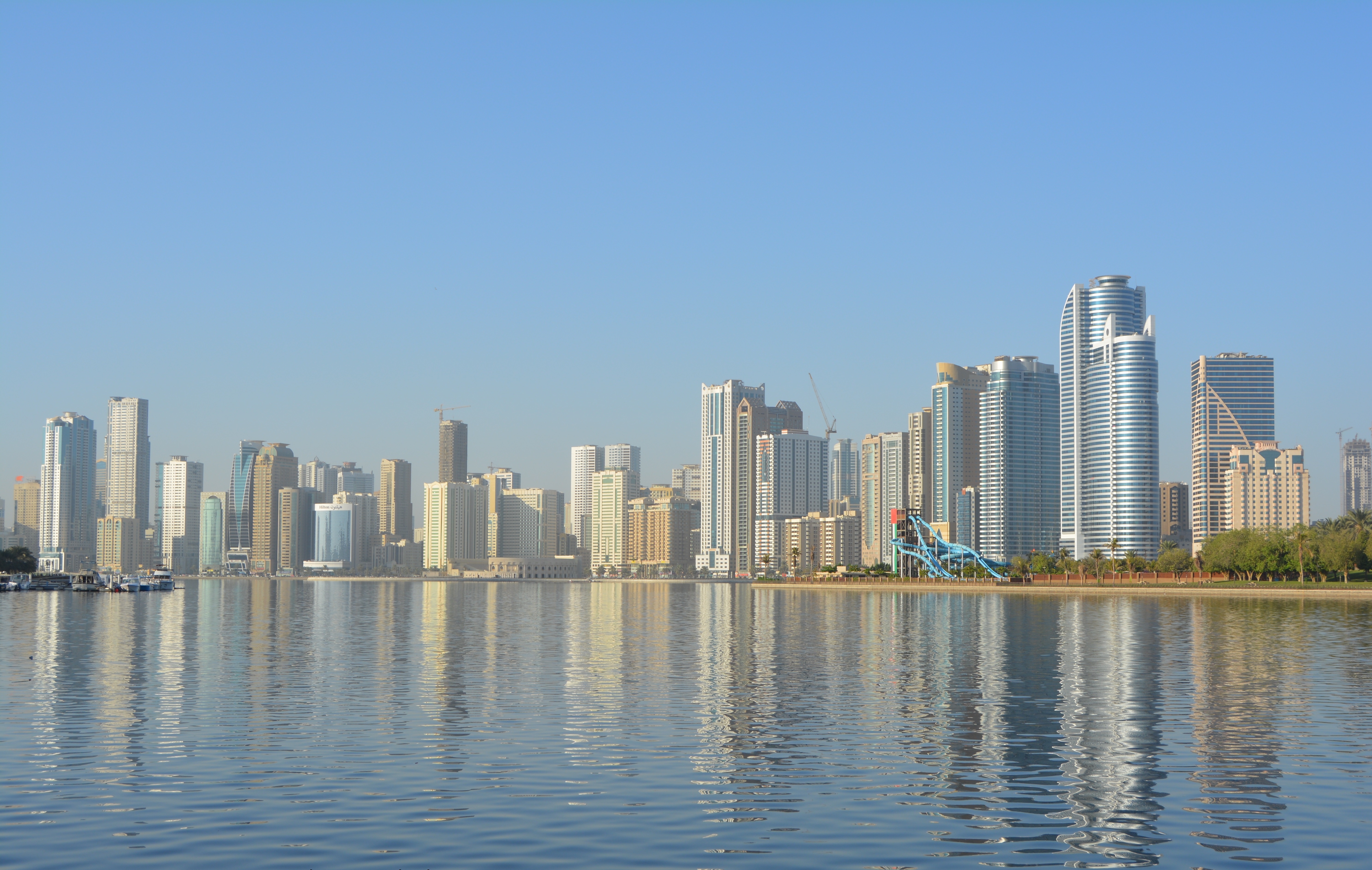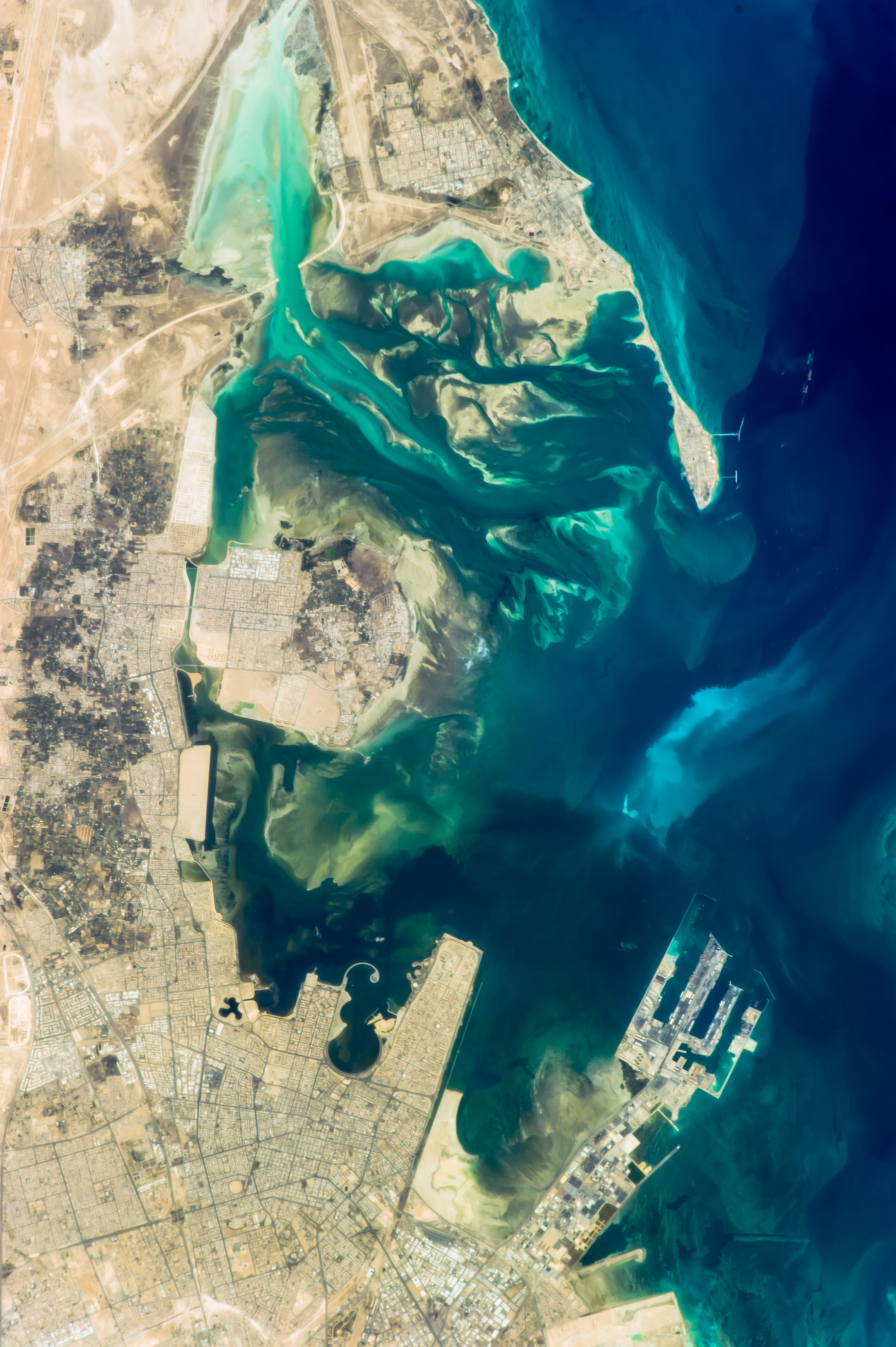|
Huwala (ethnic Group)
Huwala ( ar, الهولة, sing. Huwali هولي) also collectively referred to as Bani Huwala, is a blanket term usually used to refer to Iranian Arabs who originate from the Arabian Peninsula, initially migrating in the 13th and 14th century from Iraq and Arabia and intermixed with indigenous population of older Arabic background. Such migrations continued till around the 17th or 18th century to the area which is now the Hormozgan Province and Fars Province, mainly Bandar Abbas, Qishm and the mainland near Bandar Lengeh. The Huwala follows Sunni Islam, as opposed the majority Persian Twelver Shia and similar to Sunni Peninsular Arabs. Most of the Huwala have remigrated back to the Arabian peninsula between 1850-1900s. The imposition of restrictive economic policies by Reza Shah in the 1930s led to the migration of most of the Huwala back to the Arabian peninsula. Most of the Huwala Arabs settled in Iran for a period of time and intermarried with the indigenous Achomi and have ... [...More Info...] [...Related Items...] OR: [Wikipedia] [Google] [Baidu] |
Gulf Arabic
Gulf Arabic ( ' local pronunciation: or ', local pronunciation: ) is a variety of the Arabic language spoken in Eastern Arabia around the coasts of the Persian Gulf in Kuwait, Bahrain, Qatar, the United Arab Emirates, southern Iraq, eastern Saudi Arabia, northern Oman, and by some Iranian Arabs. '''' Gulf Arabic can be defined as a set of closely related and more-or-less mutually intelligible varieties that form a , with the level of mutual intelligibility between any two varieties largely depending on the distance between them. Similar to other |
Sharjah
Sharjah (; ar, ٱلشَّارقَة ', Gulf Arabic: ''aš-Šārja'') is the third-most populous city in the United Arab Emirates, after Dubai and Abu Dhabi, forming part of the Dubai-Sharjah-Ajman metropolitan area. Sharjah is the capital of the eponymous emirate. The emirate shares legal, political, military and economic functions with the other emirates of the UAE within a federal framework, although each emirate has jurisdiction over some functions such as civil law enforcement and provision and upkeep of local facilities. Sharjah has been ruled by the Al Qasimi dynasty since the 18th century. The city is a centre for culture and industry, and alone contributes 7.4% of the GDP of the United Arab Emirates. The city covers an approximate area of 235 km2 and has a population of over 800,000 (2008). The sale or consumption of alcoholic beverages is prohibited in the emirate of Sharjah without possession of an alcohol licence and alcohol is not served in hotels, restaura ... [...More Info...] [...Related Items...] OR: [Wikipedia] [Google] [Baidu] |
Sur, Oman
Sur ( ar, صُوْر, Ṣūr) is the capital city of Ash Sharqiyah South Governorate, and the former capital of Ash Sharqiyah Region in northeastern Oman, on the coast of the Gulf of Oman. It is located about southeast of the Omani capital Muscat. Historically, the city is known for being an important destination point for sailors. Today, the sea still plays an important part of life in Sur. Geography Nearby villages include Dughmur and Qalhat. History By the 6th century, Sur was an established centre for trade with East Africa. Ibn Battuta commented on his visit to this "roadstead of a large village on the seashore." In the 16th century, it was under Portuguese rule but was liberated by the Omani Imam Nasir ibn Murshid and underwent an economic revival, as a trade centre with India and East Africa. This continued until the mid-19th century, when the British outlawed the slave trade. The city was further ruined by the opening of the Suez Canal, which saw it lose trade w ... [...More Info...] [...Related Items...] OR: [Wikipedia] [Google] [Baidu] |
Al-Qatif
Qatif or Al-Qatif ( ar, ٱلْقَطِيف ''Al-Qaṭīf'') is a governorate and urban area located in Eastern Province, Saudi Arabia. It extends from Ras Tanura and Jubail in the north to Dammam in the south, and from the Persian Gulf in the east to King Fahd International Airport in the west. This region has its own municipality and includes the Qatif downtown, Safwa, Saihat, Tarout Island, and many other smaller cities and towns. Qatif is one of the oldest settlements in Eastern Arabia, its history going back to 3500 BC, more than 5000 years ago, and was part of the Bahrain Region which was called Dilmun at that time and the Sumerians knew it as the land of Paradise, immortality, and life. Before the discovery of oil, Qatifi people used to work as merchants, farmers, and fishermen. However, Since the development of the oil fields in the late 1940s, Qatif has lost its status as an important port to Ad-Dammam and from the 1990s they tend to work in the oil industry, publi ... [...More Info...] [...Related Items...] OR: [Wikipedia] [Google] [Baidu] |
Tarout
Tārūt Island ( ar, جزيرة تاروت) is an island in the Persian Gulf belonging to the Eastern Province of Saudi Arabia, connected by two causeways to Qatif. It is six kilometers from the coast, and is the longest island in the Persian Gulf after Qeshm Island, extending from Ra’s Tannurah in the north to Qatif in the west. The island has an area of 70 square kilometers, and a population (2010) of 77,757. It contains a number of towns and villages, including Tārūt itself, Deyrah, and Darīn. History Tarout's history dates back to pre-5000 BC. It is considered one of the most ancient sites that were inhabited by humans, as well as one of the oldest areas along the Arabian Peninsula. Tarout was the heart of Dilmun Kingdom and had a major role in the history of the region since 3000 BC. Human habitation in this area over the centuries was very large and archaeological discoveries were found until recently, which is rare in most parts of the world's archaeological sites. ... [...More Info...] [...Related Items...] OR: [Wikipedia] [Google] [Baidu] |
Achomi
Achomi ( fa, اچُمی), also known as Larestani and Khodmooni, is a Southwestern Iranian Persian language spoken by people in southern Fars and western Hormozgan and by significant numbers of immigrant groups in Kuwait, Bahrain, Iraq, Qatar, the United Arab Emirates and other Persian Gulf Arab countries. It is the predominant language of Larestan, Khonj, Gerash, Lamerd, and Evaz counties in Fars and Bastak County in Hormozgan Province. It is also spoken by some Huwalas in the Gulf countries. The majority of Achomi speakers are Sunni Muslims. Etymology and name of the language There are different ways to refer to this language. *Achomi: Native speakers often refer to their language as Achomi. There are different reasons for this name. One of them is the language's frequent usage of the ʃconsonant. The second reason originates from when Arabs began trading with Achomis. This because Arabs called Achomis 'Ajam', which means non-Arab. Therefore, Achomi is a variation of Ajam ... [...More Info...] [...Related Items...] OR: [Wikipedia] [Google] [Baidu] |
Mahyawa
Mahyawa or mehyawa ( fa, مهیاوه) is an Iranian cuisine tangy sauce made out of fermented fish. History Mahyawa originates in the southern coastal regions of Iran, but has become a popular food item in the Persian Gulf countries, brought by the migration of the Huwala and Ajam communities. It is typically served on top of a wafer thin crispy flat bread called regag or tumushi, and falazi. Mahyawa is made from salted anchovies and ingredients include: fennel seeds, cumin seeds, coriander seeds and mustard seeds. Mahyawa is often sold at bakeries and by street vendors in the southern parts of Iran, especially Hormozgan, Bushehr and the southern parts of Fars province, in clear bottles, showing the brown-colored sauce. See also * List of fish sauces Fish sauce is an amber-colored liquid extracted from the fermentation (food), fermentation of fish with sea salt. It is used as a condiment in various cuisines. Fish sauce is a staple ingredient in numerous cultures in Southe ... [...More Info...] [...Related Items...] OR: [Wikipedia] [Google] [Baidu] |
Culture Of Eastern Arabia
There is a rich and ancient culture in Eastern Arabia. The culture in this region has always been Seafaring, oriented towards the sea. The semiannual tradition of Qarqe'an (قرقيعان) is deeply rooted in Gulf culture. The Eastern Arabian cuisine includes seafood (including mahyawa), harees, khubz and biryani. Other cultural features of the region include Badgeer, windcatchers (Badgeer) and Dewaniya. Overview Cultures in the region include those of Culture of Bahrain, Bahrain, southern Iraq, Culture of Kuwait, Kuwait, UAE, Eastern Saudi Arabia (Qatif and Al-Ahsa Oasis, Al-Hasa), Qatar, and Culture of Oman, Northern Oman. Gargee'an Qarqe'an is an semiannual celebration, observed in Eastern Arabia, that takes place on the 15th night of Sha'ban and on the 15th night of Ramadan. Qarqe'an is marked with children dressing in traditional attire and going door-to-door to receive sweets from neighbours, whilst also singing traditional songs. The tradition has existed for hundreds o ... [...More Info...] [...Related Items...] OR: [Wikipedia] [Google] [Baidu] |
Baghlah
A baghlah, bagala, bugala or baggala ( ar, بغلة) is a large deep-sea dhow, a traditional Arabic sailing vessel. The name "baghla" means "mule" in the Arabic language. Description The baghlah dhows had a curved prow with a stem-head, an ornately carved stern and quarter galleries. Their average length was with an average weight of 275 tons. Usually they had two masts using two to three lateen sails; supplementary sails like a jib were often added on the bowsprit, as well as on a topmast atop the main mast. As a large and heavy ship the baghlah required a crew of at least 30 sailors. Some had even up to 40. The ''ghanjah'' or ''kotiya'' is a similar type of vessel, often difficult to distinguish from the baghlah. History Baghlahs were widely used in the past centuries as merchant ships in the Indian Ocean and the minor seas around the Arabian Peninsula. They reached eastwards to Sindh, India and up to the Bay of Bengal and further beyond as far as the Spice Islands. South ... [...More Info...] [...Related Items...] OR: [Wikipedia] [Google] [Baidu] |
Qasr Al-Hosn (North African form of the word)
{{disambiguation, geo ...
Qasr ( ar, قصر, lit=palace/castle/fortress, plural ''qusur''), from Latin ''castrum'', may refer to: Individual ''qusur'' and places named after a ''qasr'' * * Particular types of ''qusur'' *Alcázar (cognate Spanish term; also ''Alcácer'' or ''Alcàsser'') * Alcazar (other) *Desert castles, Umayyad ''qusur'', whose names all have the form Qasr XY *Ksar Ksar or qsar (Maghrebi Arabic: wiktionary:قصر, قصر ''qṣer'' or ڭصر ''gser'', plural ''qṣur''; Berber language, Berber: ⵉⴴⵔⵎ ''aghrem'' or ''ighrem'', plural: ''igherman''), plural ksars, qsars, ksour or qsour, is the Nor ... [...More Info...] [...Related Items...] OR: [Wikipedia] [Google] [Baidu] |
Evaz
Evaz ( fa, اوز, also Romanized as Awadh, Avaz, Evazeh, and ‘ewaz) is a city and capital of Evaz County, in Fars Province, Iran. At the 2006 census, its population was 14,315, in 3,297 families. The people of Evaz are native Persians of Zoroastrian origin who later converted to Sunni Islam. The people of Ewaz speak Ewazii. The majority of Evazi Persians are Sunni Muslims. It is one of the fastest-growing towns in the region due in large part to a number of Evazi individuals who provide financial support for the development of robust academic infrastructure. Geography City The town of Evaz is located in the Fars province of Iran and about 370 kilometers southeast of Shiraz. Evaz is situated about 970 meters above sea level in a valley stretching approximately thirty kilometers in length and four kilometers in breadth with low mountains to the North and South. Flora and Fauna Truffles, an underground mushroom, is commonly found in the region. Climate Evaz receives min ... [...More Info...] [...Related Items...] OR: [Wikipedia] [Google] [Baidu] |
Bastak
Bastak ( fa, بستک) is a city and capital of Bastak County, Hormozgan Province, Iran. Bastak was traditionally part of the region of Irahistan. At the 2006 census, its population was 8,376, in 1,765 families. See also *Achomi people *Evaz Evaz ( fa, اوز, also Romanized as Awadh, Avaz, Evazeh, and ‘ewaz) is a city and capital of Evaz County, in Fars Province, Iran. At the 2006 census, its population was 14,315, in 3,297 families. The people of Evaz are native Persians of ... References External links Kookherd Website {{Hormozgan Province Cities in Hormozgan Province Populated places in Bastak County ... [...More Info...] [...Related Items...] OR: [Wikipedia] [Google] [Baidu] |






